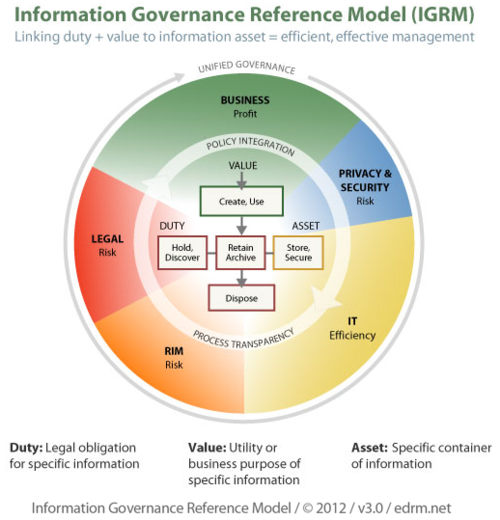Cloning of Computer Files: When There’s a Will, There’s a Way – eDiscovery Case Law

In Matter of Tilimbo, No. 329/M-2007, 2012 N.Y. Misc. (Surr. Ct., Bronx Cnty. Aug. 22, 2012), a court held it was permissible to order cloning of computer files where doing so did not place an unreasonable burden on a nonparty, appropriate steps were taken to protect any privileged information, and the nonparty had not previously produced the requested information in hard copy.
In this claim based on a will contest, the plaintiffs moved for an order permitting their computer forensic expert to examine the personal computer hard drive of a nonparty witness, the deceased’s attorney Patrick Wynne, limited to finding and reviewing documents related to Rose Tilimbo, her will, as well as a deed transfer from her to Salvatore Tilimbo that formed the basis of the will contest. Wynne objected on the basis that he had already, at the court’s direction, been deposed on the subject and “provided an affirmation stating that he conducted the requisite diligent search of his ‘computer files and any other [additional] relevant files’ and did not find responsive documents or computer files.” He argued that “a balancing of the sanctity of the attorney-client privilege against the scope of permissible discovery warrant[ed] the denial of the motion.”
Noting that ESI of a nonparty is discoverable, the court held that so long as it did not place an unreasonable burden on Wynne, a solo practitioner, the examination and cloning of Wynne’s computer was permissible. Although Wynne had produced in hard copy all of the documents he said he possessed, the court pointed out that such disclosures did not prevent the ESI itself from being sought. In addition, Wynne had not been able to produce any documents related to the deed transfer at issue, and any such documents that existed would clearly be material and relevant to the case. Therefore, the court offered the following parameters for the cloning:
“The court finds that the cloning would not place an unreasonable burden upon Wynne if all of the computers can be cloned at his office in four hours or less on a date and at a time that he selects, which may include in whole or in part a time after normal business hours. Alternatively, the cloning will be allowed outside of Wynne’s office if it can be done by removing the computer(s) on a Saturday at any time selected by Wynne and returned to his office by Monday between 8:30 and 9:00 a.m. If Wynne prefers, the computer(s) may be removed from his office on any other day, provided the computer(s) are returned to his office within 24 hours. If the cloning is to be done outside of Wynne’s office and more than one computer is to be cloned, then at Wynne’s option, only one computer may be removed from his office at a time. In the event that the cloning can be accomplished within the time allocated herein either at Wynne’s office or by removal of the computer(s), Wynne shall have the right to select whether or not he wants the cloning to be done at his office. In the event that the cloning requested by the movants cannot be performed within the time frame provided herein, the court finds that the disruption to Wynn’s practice of law outweighs the benefits that the movants might obtain from the information provided by the cloning. Furthermore, should a computer be removed from Wynne’s office and not returned within the time provided herein, the movants shall pay Wynne $200 for each hour or part thereof that the return is delayed.”
In addition, the forensic analysts were limited to locating documents likely to lead to discoverable evidence related to the decedent and were given specific instructions on what to do with any unrelated documents that were accidentally uncovered.
So, what do you think? Should cloning of the computer have been allowed? Please share any comments you might have or if you’d like to know more about a particular topic.
Case Summary Source: Applied Discovery (free subscription required). For eDiscovery news and best practices, check out the Applied Discovery Blog here.
Disclaimer: The views represented herein are exclusively the views of the author, and do not necessarily represent the views held by CloudNine Discovery. eDiscoveryDaily is made available by CloudNine Discovery solely for educational purposes to provide general information about general eDiscovery principles and not to provide specific legal advice applicable to any particular circumstance. eDiscoveryDaily should not be used as a substitute for competent legal advice from a lawyer you have retained and who has agreed to represent you.







